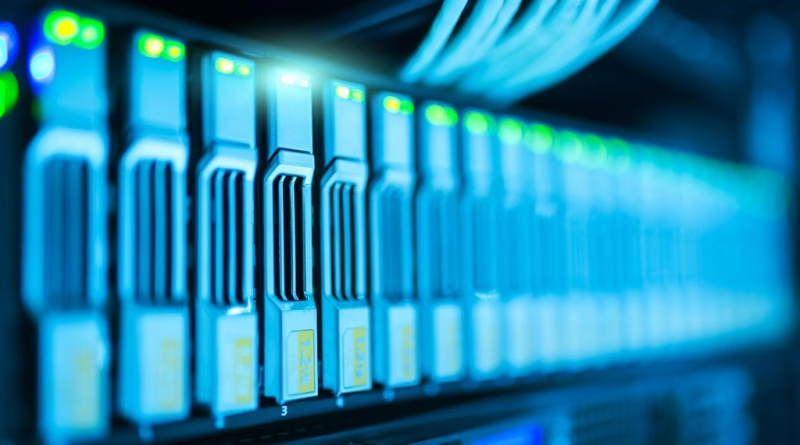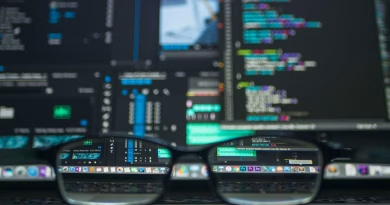What is Edge Computing and How Does it Differ from the Cloud?
For the last fifteen years, “the cloud” has been the undisputed center of the digital universe. From the photos on our phones to the streaming services we watch and the applications our businesses run on, we’ve become accustomed to a centralized model: data is sent to a massive, powerful data center, processed, and then sent back to us.
But as the number of connected devices explodes and the demand for real-time data processing grows, the cloud model is starting to show its limits. Sending everything to a centralized server hundreds or thousands of miles away is not always efficient or fast enough.
This has given rise to a new, complementary approach that is becoming the next major frontier in infrastructure: edge computing. It’s a powerful idea that’s all about moving the “cloud” closer to you.
What is Cloud Computing? (A Quick Refresher)
Before we define the edge, let’s remember what the cloud is. Cloud computing is the on-demand delivery of computing services—including servers, storage, databases, and software—over the internet.
- The Analogy: Think of the cloud as a massive, centralized corporate headquarters or a giant Amazon warehouse. It’s a huge, powerful, and efficient hub where all the major work gets done. When you need something, you send a request to the headquarters, and it sends the result back to you.
What is Edge Computing? (Bringing the Cloud Closer)
Edge computing is a decentralized computing model where data processing is done at or near the source of the data, rather than sending it to a distant cloud server. It moves the computation from the centralized headquarters to local “branch offices.”
- The Analogy: Instead of every transaction having to go to the main corporate office for approval, you can handle most of them at your local branch office. This “edge” location has enough computing power to handle immediate tasks locally. It only needs to send essential, summary data back to the main headquarters periodically.
These “edge” locations can be anything from a small server box in the back of a retail store, a gateway on a factory floor, or even a powerful computer inside an autonomous vehicle.
The Key Differences: Why Does This Matter?
The primary difference between the cloud and the edge comes down to two things: speed and data volume.
- Speed & Latency: Latency is the time it takes for data to travel from your device to a server and back. For a centralized cloud, this round trip can take 50-100 milliseconds or more. For an edge computing device located in the same building, that latency can be reduced to under 5 milliseconds. This near-instantaneous response time is absolutely critical for certain applications.
- Bandwidth & Data Gravity: A modern smart factory or an autonomous car can generate terabytes of data every single day. Sending all of that raw data to the cloud is often impractical and incredibly expensive. Edge computing allows for the data to be processed locally, with only the important results (like an “error detected” alert) being sent to the cloud.
Why Edge Computing is the Future: Real-World Examples
Edge computing doesn’t replace the cloud; it works with it. Here’s where it’s already making a huge impact:
- Smart Factories (IoT): A factory floor has thousands of sensors. An edge server can monitor this data in real-time to detect a failing machine part, shutting it down instantly to prevent a major breakdown, without having to wait for a response from a cloud server.
- Autonomous Vehicles: A self-driving car cannot afford the 100-millisecond delay of asking a cloud server, “Is that a person or a shadow?” It must make that decision instantly, “at the edge,” using the powerful computers inside the vehicle itself.
- Retail Stores: Edge computing can power real-time inventory tracking and cashier-less checkout systems that process video feeds locally without sending sensitive customer footage to the cloud.
- Augmented Reality: For AR glasses to feel realistic, they must be able to recognize objects and overlay information with zero perceptible lag. This kind of real-time processing must happen at the edge.
The cloud will continue to be the powerful center for mass data storage and heavy-duty, long-term analysis. But for tasks that require instant response times and local data processing, the future of computing is moving to the edge.




